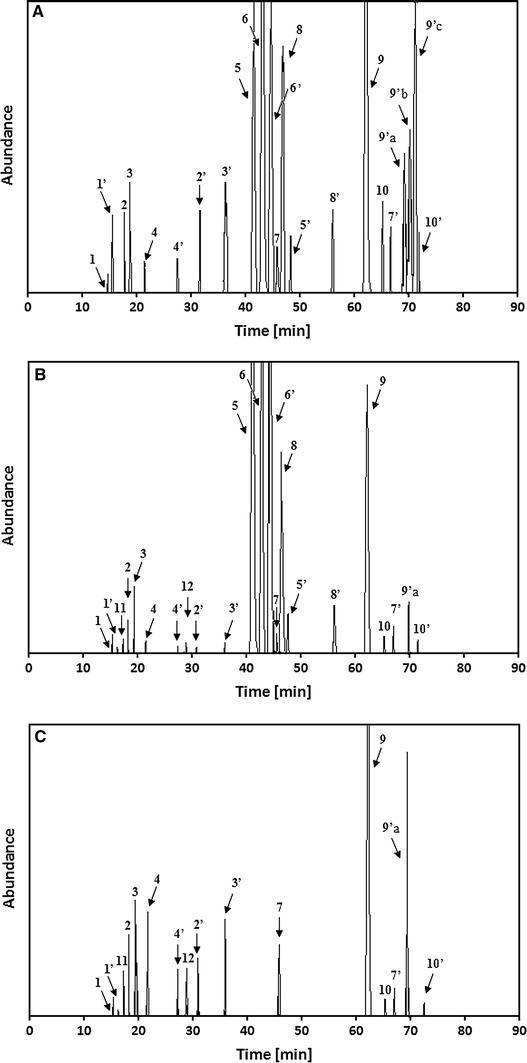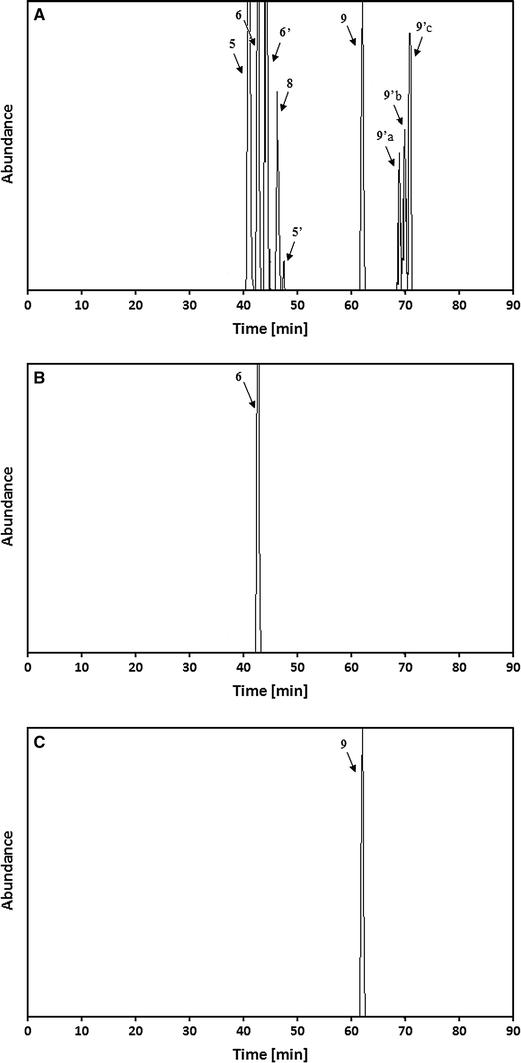What is Quercetin?
Quercetin is a type of plant-based chemical or phytochemical known as a flavonoid. Good sources include apples, onions, raspberries, red grapes, cherries, citrus fruits, and green leafy vegetables. Quercetin appears as a yellow crystalline pigment in the abovementioned food, and has been linked to various health benefits.
Quercetin is known for its antioxidant activity. Antioxidants can neutralize harmful free radicals and reduce oxidative stress, preventing damage to cells. Furthermore, quercetin has been shown to have anti-inflammatory and immune-boosting properties, can help lower risk of chronic diseases like heart disease and cancer, and potentially aid in exercise performance.
A comprehensive understanding of the health benefits of quercetin and how it interacts with various biological systems in the body can help in the development of disease therapies. Quantifying the amount of quercetin in different foods can help identify the dietary sources that provide the greatest benefits. In addition, analysis allows for a better understanding of quercetin's behavior in the body, including absorption, metabolism, and excretion.
Analysis of quercetin also establishes standardized methods for its identification and quantification in various matrices. Given the increasing number of quercetin-containing dietary supplements on the market, reliable analytical methods are necessary to ensure product quality and assist in regulatory control.
At Creative Proteomics, we understand the importance of quercetin in a variety of research areas, from nutrition and health to drug development. Our quercetin analysis platform is equipped with state-of-the-art technology and a team of experienced scientists dedicated to delivering high-quality results. We offer a range of services focused on quercetin identification, quantification. Whether you are conducting natural product research, exploring therapeutic applications, or ensuring product quality, our platforms are designed to meet your specific needs.
Specific Quercetin Analysis Offered by Creative Proteomics
Identification of Quercetin and its Derivatives: Rooted in advanced mass spectrometry technologies, our service accurately pinpoints the presence of Quercetin and its distinct derivatives, supporting clients in diverse sectors - from food industry to pharmaceuticals.
Quercetin Quantitative Analysis: Understanding the variations in Quercetin quantity within different biological matrices is crucial for its applications. Our Quercetin quantitative analysis provides a detailed overview of its concentration across various biological samples.
Metabolite Profiling of Quercetin: Tracing the metabolic journey of Quercetin in biological systems is integral to grasping its potential effects and uses. Thus, we offer a detailed metabolite profiling service to illuminate the complex transformations of Quercetin within biological systems.
Bioavailability Studies: Ascertaining how effectively Quercetin is absorbed and utilized by the body forms the crux of its therapeutic potential. Our bioavailability studies provide key insights into the uptake, distribution, and elimination of Quercetin within biological systems.
Quercetin Analysis Techniques
Liquid Chromatography-Mass Spectrometry (LC-MS): LC-MS plays a crucial role in the detection and quantification of Quercetin. Our top-tier models like Agilent 1200 Series LC system coupled with Agilent 6520 Accurate-Mass Q-TOF deliver maximum sensitivity and precision.
Gas Chromatography-Mass Spectrometry (GC-MS): This technique is invaluable for the separation and identification of Quercetin. We use devices like the Thermo Scientific™ Q Exactive™ GC Orbitrap™ GC-MS/MS, which affords us high sensitivity, excellent mass accuracy, and superior resolution.
 Workflow for Plant Metabolomics Service
Workflow for Plant Metabolomics Service
List of Quercetin and Its Derivatives Analyzed (including but not limited to)
| Quercetin |
Quercetin-3-glucoside |
Quercetin-3-rhamnoside |
Isorhamnetin |
| Kaempferol |
Quercetin-3-galactoside |
Quercetin-3-arabinoside |
Quercetin-4'-glucoside |
| Quercetin-7-glucoside |
Quercetin-3-sophoroside |
Quercetin-3-xyloside |
|
Sample Requirements for Quercetin Assay
| Sample Type |
Recommended Sample Volume |
Sample Type |
Recommended Sample Volume |
| Plant Parts Extracts |
100-500 mg |
Serum/Plasma |
100-200 μL |
| Leaves |
15 grams |
Tissue Homogenate |
20-50 mg |
| Stems |
15 grams |
Urine |
500 μL |
| Roots |
20 grams |
Feces |
200-500 mg |
| Fruits |
Variable |
Cell Culture Medium |
500 μL - 1 mL |
| Berries |
Variable |
Saliva |
100-200 μL |
| Leafy Vegetables |
15 grams |
Cerebrospinal Fluid |
100-200 μL |
| Plant Infusions |
1-5 mL |
|
|
Deliverables from Quercetin Analysis
- Experimental procedure
- Parameters of liquid chromatography and mass spectrometry
- List of target compounds
- Quantitative results of target compounds
- Method validation report
- All raw data of the analysis
Case. Comparative Analysis of Quercetin and its Derivatives in Green Tea Leaves
Background
Quercetin, a widely distributed polyphenolic compound in plants, and its derivatives have garnered attention due to their antioxidant, anti-inflammatory, and anti-cancer properties. Accurate analysis of these compounds is challenging, primarily due to issues in traditional high-temperature extraction methods leading to the formation of non-native derivatives. The Sea Sand Disruption Method (SSDM) emerges as a potential alternative for preserving the integrity of native constituents during sample preparation.
Sample
The study focused on various plant samples, including flowers of black elder and hawthorn, leaves of green tea, nettle, and yerba maté, and herbs of heartsease, St John's wort, and artichoke flower buds. These diverse samples allowed for a comprehensive evaluation of the effectiveness of different extraction methods.
Technical Platform and Procedure
Extraction under Reflux:
- Utilized high-temperature liquid–solid extraction with methanol/ethanol/water mixtures.
- Potential drawbacks include hydrolysis of glycosides, formation of alcoholic derivatives, and degradation of aglycones.
Sea Sand Disruption Method (SSDM):
- Combined homogenization, extraction, and purification into a single step.
- Employed sea sand as an abrasive material, avoiding the issues associated with high-temperature extraction.
- Utilized methanol or ethanol as dispersing liquids and evaluated the method's effectiveness in comparison to traditional extraction under reflux.
LC–MS Analysis:
- Chromatographic measurements performed on a UHPLC chromatograph coupled with a linear trap quadrupole-Orbitrap mass spectrometer.
- Gradient elution with a Gemini C18 column and specific monitoring of quercetin and its derivatives.
- Analysis included simulation of rutin and quercetin standard extracts to understand the formation of derivatives during the extraction process.
Statistical Analysis:
- Utilized ANOVA and F test to assess the significance of experimental factors on the amounts of quercetin and its derivatives.
- Mean values were considered significantly different at p = 0.05 significance level.
Results
Identification of Compounds: The study identified numerous quercetin derivatives in green tea extracts, including methyl derivatives, low-molecular transformation products, and ethyl quercetin derivatives.
Formation of Derivatives: The high-temperature extraction under reflux was found to cause the formation of non-native quercetin derivatives, raising doubts about the reliability of results obtained through this method.
SSDM Efficacy: SSDM proved effective in preserving the native composition of quercetin and its derivatives, as evidenced by the absence of certain non-native compounds and ethyl derivatives in SSDM extracts.
Impact of SSDM Variant: The choice of SSDM variant did not significantly influence the concentration of native quercetin derivatives, affirming the robustness of the method.
Plant-Specific Differences: Concentrations of quercetin and its derivatives varied among different plant samples, suggesting diverse metabolic pathways involving these compounds in different plant species.
 Exemplary chromatograms of methanol/water (75/25 %, v/v) extracts obtained from the green tea leaves (a), solutions of rutin (b) and quercetin (c), all heated under reflux for 3 h.
Exemplary chromatograms of methanol/water (75/25 %, v/v) extracts obtained from the green tea leaves (a), solutions of rutin (b) and quercetin (c), all heated under reflux for 3 h.
 Determining the true content of quercetin and its derivatives in plants employing SSDM and LC–MS analysis
Determining the true content of quercetin and its derivatives in plants employing SSDM and LC–MS analysis
Reference
- Wianowska, Dorota, et al. "Determining the true content of quercetin and its derivatives in plants employing SSDM and LC–MS analysis." European Food Research and Technology 243 (2017): 27-40.


 Workflow for Plant Metabolomics Service
Workflow for Plant Metabolomics Service Exemplary chromatograms of methanol/water (75/25 %, v/v) extracts obtained from the green tea leaves (a), solutions of rutin (b) and quercetin (c), all heated under reflux for 3 h.
Exemplary chromatograms of methanol/water (75/25 %, v/v) extracts obtained from the green tea leaves (a), solutions of rutin (b) and quercetin (c), all heated under reflux for 3 h. Determining the true content of quercetin and its derivatives in plants employing SSDM and LC–MS analysis
Determining the true content of quercetin and its derivatives in plants employing SSDM and LC–MS analysis

